Antibiotic drugs for chickens are essential to prevent and fight fatal illnesses. These drugs are also responsible for saving lives around the world. Antibiotics are also necessary for farms for chickens to survive severe and dreadful health conditions.
This article will cover
- Antibiotic Drugs For Chickens
- Antibiotics Certify the Safety and Health of Chickens
- Antibiotics Inhibit Animal Pain
- Antibiotics as a Measure of Sustainable Production
- Other Uses Of Antibiotics in the Poultry
- Antibiotics For Chickens
- Antibiotics Effects On Chickens
- Antibiotic Resistance
- The Regulations on the Administration of Antibiotics on Animals in the US
Antibiotic Drugs For Chickens
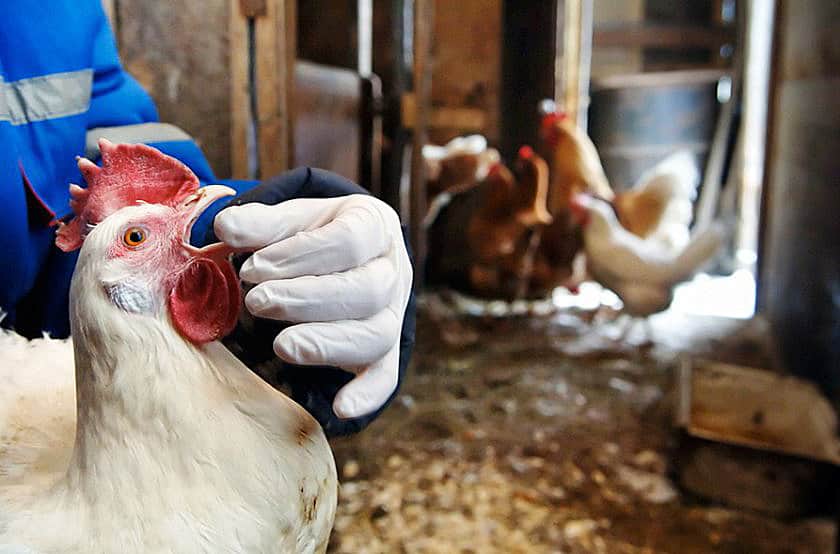
It would be pricey to raise poultry in factory farms without antibiotic drugs for chickens because it’s inevitable these dwellings also breed high levels of different diseases. The giving out of antibiotic drugs for chickens is in their daily water and food provisions. Also, antibiotics are part of a chicken’s lifetime since they are a few days old chicks.
In the US and other countries worldwide, raising chickens as table birds and for egg production is vital. And these chicken breeders acknowledge that their consumers want to be familiar with how their food is grown.
More so, chicken is most people’s preferred protein. The chicken farm industry develops its products to meet consumers’ first choices and needs in the long run. Because without meeting the consumers’ needs, there would be no chicken farm business.
Antibiotics are one of the chief tools in animal disease treatment. The National Chicken Council claims that they take serious responsibility with veterinarians, farmers, and animal health companies to regulate antibiotics.
Antibiotics Certify the Safety and Health of Chickens
When breeders raise healthy chickens, it also means healthy food for consumers. Antibiotics assist in making our food safe by sustaining the chickens’ health and moderating the unhealthy organisms inward-bound the food supply.
The Food and Drug Administration has a thorough consent procedure for animal medicine (same for human medicine), so consumers guarantee that the antibiotics treatment for animals is safe.
The FDA’s routine testing and withdrawal periods acknowledge that the beverages, meat, and eggs from animals nursed with antibiotics are safe for people to eat. More so, FDA also assesses the drugs’ efficacy.
There are numerous precautions to make sure the well-being of the food and the people who eat them. That’s why it’s a prevalent fallacy that when we consume chicken meat treated with antibiotics, we also get through the drugs with which these animals have ministered.
Extensive research should be conducted and reviewed to verify how long antibiotics take to exit an animal’s system before they are approved for use in other food animals.
A specific law requires the “withdrawal period” needs to end before animals can be processed to guarantee the antibiotics leave the animal’s body. The US Department of Agriculture and meatpackers verify the routine testing of the meat before it exits the processing plant. Periodic testing is to guarantee that there are no harmful residues in the flesh for people to consume.
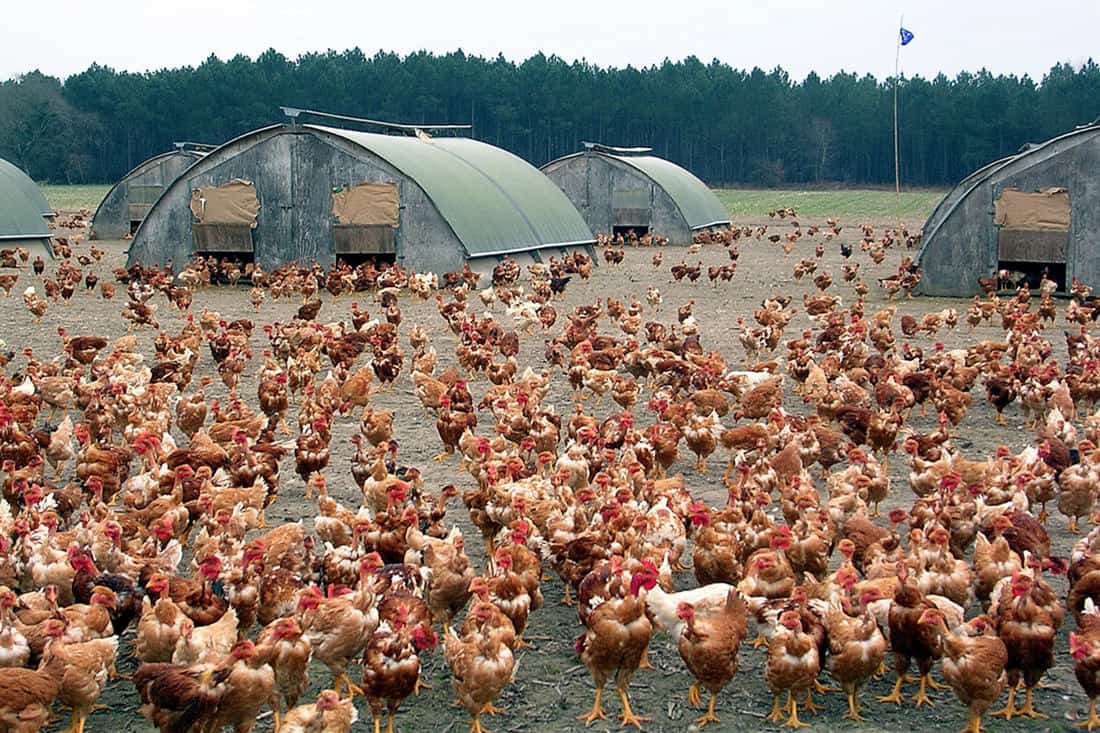
Antibiotics Inhibit Animal Pain
Chickens also get ill from bacterial illnesses that usually go with pain and suffering. Vets took an oath to use their scientific knowledge to care for animal health and ease their suffering.
The American Veterinary Medical Association declares that antibiotics are vital means to protect the health of humans and animals alike. Medical doctors for humans and veterinary medicine all strive to guarantee that antibiotics are correctly carried out to lessen the risk of resistance.
Antibiotics as a Measure of Sustainable Production
When antibiotics are carried out correctly, it sustains the good health of the chickens. It reduces the effect on the environment as well. Sick and untreated birds need more food and water plus their growth slows down.
Imagine sick poultry demands more grains and seeds that will also expect more water, fertilizer and more land for farming. That’s why sick fowls have a more significant effect on the environment while healthy chickens take advantage of fewer natural resources. Any practices that consent to treat ill chickens that bring about less natural resources are beneficial for us and the environment.
One of the deadly diseases in chickens is coccidiosis caused by microscopic protozoa or coccidia. To save animals’ health, farmers and vets use antibiotics as one of their many tools.
The animal health community goes all-out to reduce antibiotics, hoping that more tools can soon help the farmers and vets keep all animals, including chickens, healthy. The district does its best to look for the latest resolutions while acknowledging that antibiotics are also beneficial.
Other Uses Of Antibiotics in the Poultry
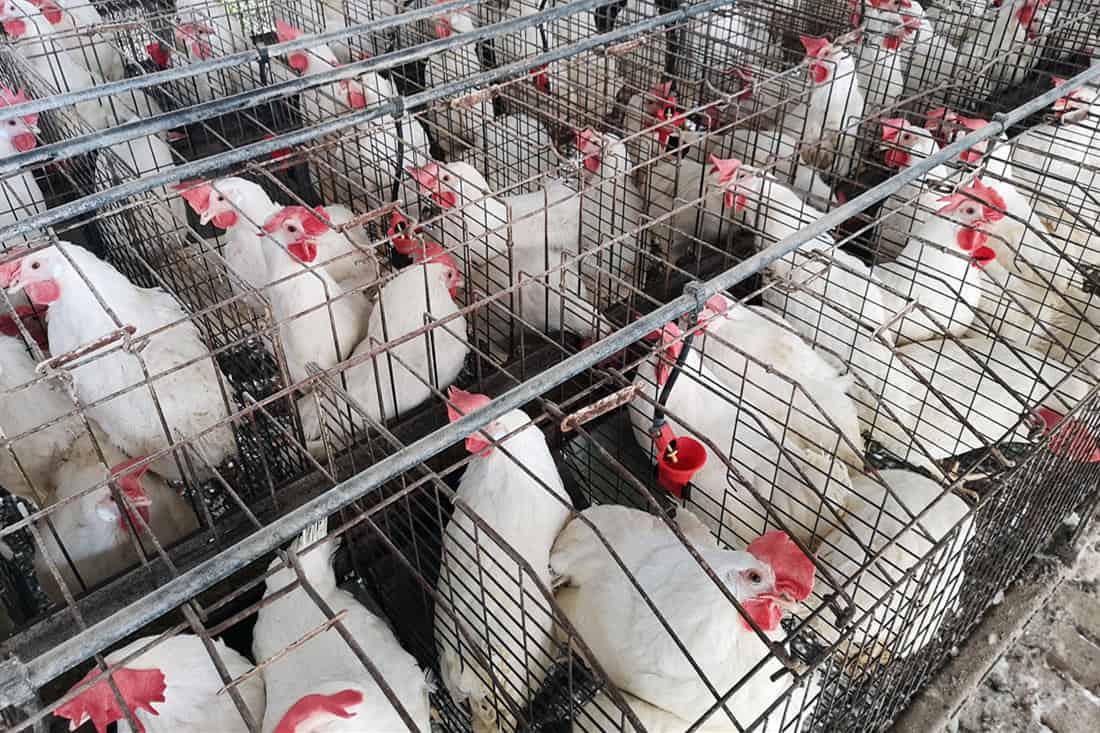
Antibiotics For Weight Gain and Growth Development In Chickens
Scientists discovered that chickens supplemented with vitamin B12 grew 50 percent faster than other birds. At present, there are more regulations in antibiotics as growth enhancers in chickens, and the US, UK, and EU prohibit as well. Still, a lot of countries maintain this technique.
Antibiotics for Profit
Some farmers want giant hulking chickens that don’t quickly die of any illnesses so they won’t experience a financial loss. Antibiotics allow these chicken breeders to raise birds in vast numbers to as many as tens of thousands per building in filthy surroundings. Antibiotic drugs are a tool to earn significant revenues for some farmers in low welfare standards.
Antibiotics For Chickens
Bacitracin

This antibiotic is to prevent necrotic enteritis in broiler set off by the bacteria Clostridium. This drug is also found in topical preparation like triple antibiotic ointments for human medicine and no other purposes anymore.
Chlortetracycline
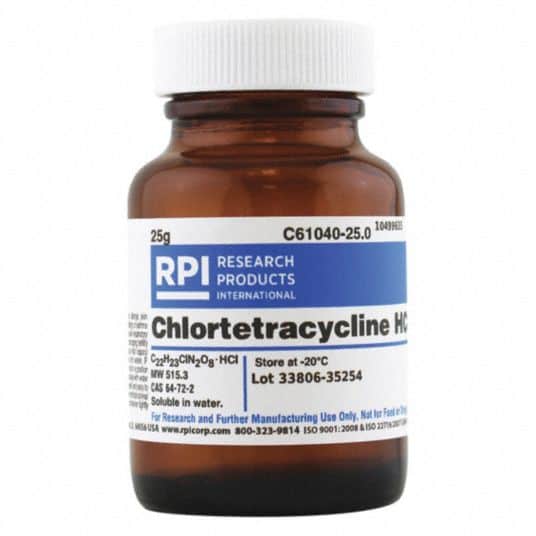
It’s a Tetracycline antibiotic used in broilers for treating and preventing diseases. Under the FDA’s guidance plan, its growth development purposes in poultry and livestock will be phased out.
Penicillin
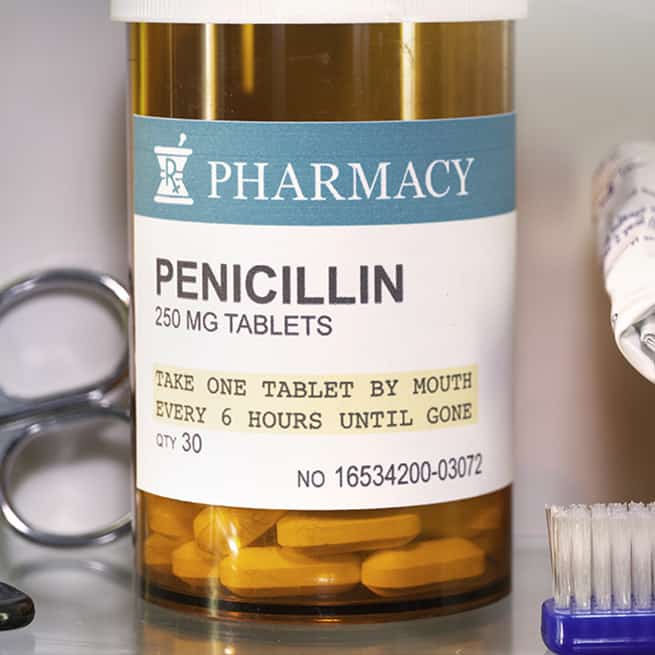
An antibiotic drug is used more often in broiler production. The only primary purpose of penicillin is to treat poultry that suffers from decaying dermatitis. Under the FDA’s guidance plan, its growth development purposes in poultry and livestock will be phased out.
Tylosin
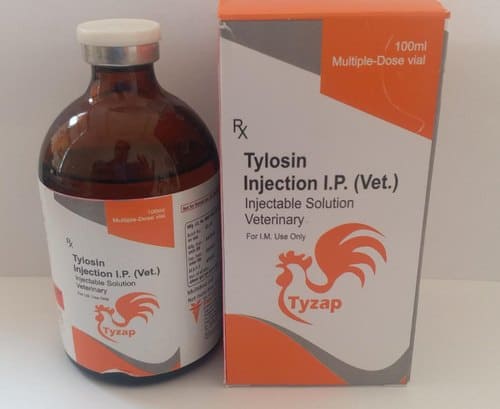
Vets use a Macrolide antibiotic to stop necrotic enteritis brought about by the bacteria Clostridium in broilers. Under the FDA’s guidance plan, its growth development purposes in poultry and livestock will be phased out.
Virginiamycin

A Streptogramin antibiotic to stop necrotic enteritis caused by the bacteria Clostridium. Under the FDA’s guidance plan, its growth development purposes in poultry and livestock will be phased out.
Here are more common antibiotics in chicken production:
- Aminoglycosides for intestinal infections treatment
- Bambermycins to stop the production of the bacteria’s cell walls
- Beta-lactams penicillins and Beta-lactams cephalosporins
- Ionophores for intestinal infections
- Lincosamides to prevent joint and bone infections
- Macrolides to cure a deadly disease necrotic enteritis caused by overeating
- Quinolones treat a wide range of bacteria
- Streptogramins block cell formation and protein growth and also cure and stop necrotic enteritis
- Sulfonamides to block and fight E. coli, Salmonella, and other pathogens
Antibiotics Effects On Chickens
Chicken must be well-cooked, so the bacteria will not present a problem to human health. There are reports of severe poisoning because of underdone chicken meat. It can be fatal if not treated immediately, particularly for kids and the elderly with weak immune systems.
More so, there’s also a possibility of an antibiotic residue in a slice of consumed undercooked chicken meat. But this is less of a problem in the US, UK, and EU. The big health issue is that humans can consume small doses of antibiotics from chicken, enhancing antibiotic resistance in human microbes.
Without firm actions to exclude antibiotic residues from chicken meat, this concern will continue to be a clamoring health crisis of antibiotic resistance. Such is the example in one study in Lebanon. After assessing chicken farms, they found out that over 75 percent of all chicken meat inhibited residues.
As mentioned in this article, these are some reasons for using antibiotics on chickens: for growth promotion and infection treatment. Chickens are currently twice as big as they were 60 years ago, a result of a combination of factors including selective breeding, improved nutrition, enhanced living conditions, and regular use of antibiotics in their feed. These antibiotics are so successful at boosting rapid growth.
The problem is that the broiler chickens can’t handle this much mass. The manufacturing growth steers to joint and skeletal concerns that it creates a lot of stress on the fowls’ legs which have difficulty moving.
The Better Chicken Commitment urges businesses to pledge to only purchase chickens from breeders or farmers that don’t use rapid-growth enhancers as one of the welfare obligations. Among companies that signed the pledge are Burger King, Subway, Chipotle, Denny’s, and around 200 more businesses.
Antibiotic Resistance
While antibiotics have benefits, they also have some downsides. Antibiotics breed one of the extreme health risks – antibiotic resistance.
Antibiotic resistance ensues when an animal or a human takes an antibiotic drug that kills most but not all of the directed bacteria in control of the infection. The existing bacteria now discover how to endure the drug, thus becoming resilient to its strength over time. Antibiotic resistance puts an individual at risk who has a compromised immune system because of cancer, HIV/AIDS, or any persistent inflammatory conditions.
The World Health Organization (WHO) reported in 2020 an increasing record of infections that are becoming more challenging to remedy, such as gonorrhea, pneumonia, and tuberculosis. There are approximately 700,000 humans die every year from antibiotic-resistant diseases, according to WHO. And the number could increase rapidly to ten million in 2050.
The Regulations on the Administration of Antibiotics on Animals in the US
The Food and Drug Administration (FDA) standardizes antibiotics on animals, including chickens in the US. Together with USDA’s Food Safety and Inspection Service, they keep an eye on the meat and eggs for the residue of unapproved prescriptions.
One of the latest substantial changes in their standards was in 2017 to ban growth-promoting antibiotics on chickens. It also contains the implementation of voluntary supervision about the well-thought-out governing of chicken antibiotics.
One of the imperative modifications of the FDA was the requirement of a vet’s prescriptions rather than over-the-counter purchase of some medically essential antibiotics prescribed to animals. Though some chicken farmers and breeders question going far enough on this measure, it generally stands for significant progress.
The FDA is polishing a structure for food producers to discontinue the use of medically necessary antibiotics for growth enhancement at present.
But without firm compulsory guidelines, this voluntary structure may not be successful in stopping prevalent antibiotic resistance. The farmers would prefer to produce giant chickens for financial gains rather than human health consuming their products.
Bottom Line
Everyone, including chicken farmers and breeders, is keen on doing the right thing. Consumers and chicken breeders, and producers intend to care for the welfare of their livestock and poultry with the efficacy of antibiotics.
Everyone dreams of a world where antibiotics for chickens, other animals, and humans cease to exist. But for now, we’d have to be at ease with what Science and technology have to offer.
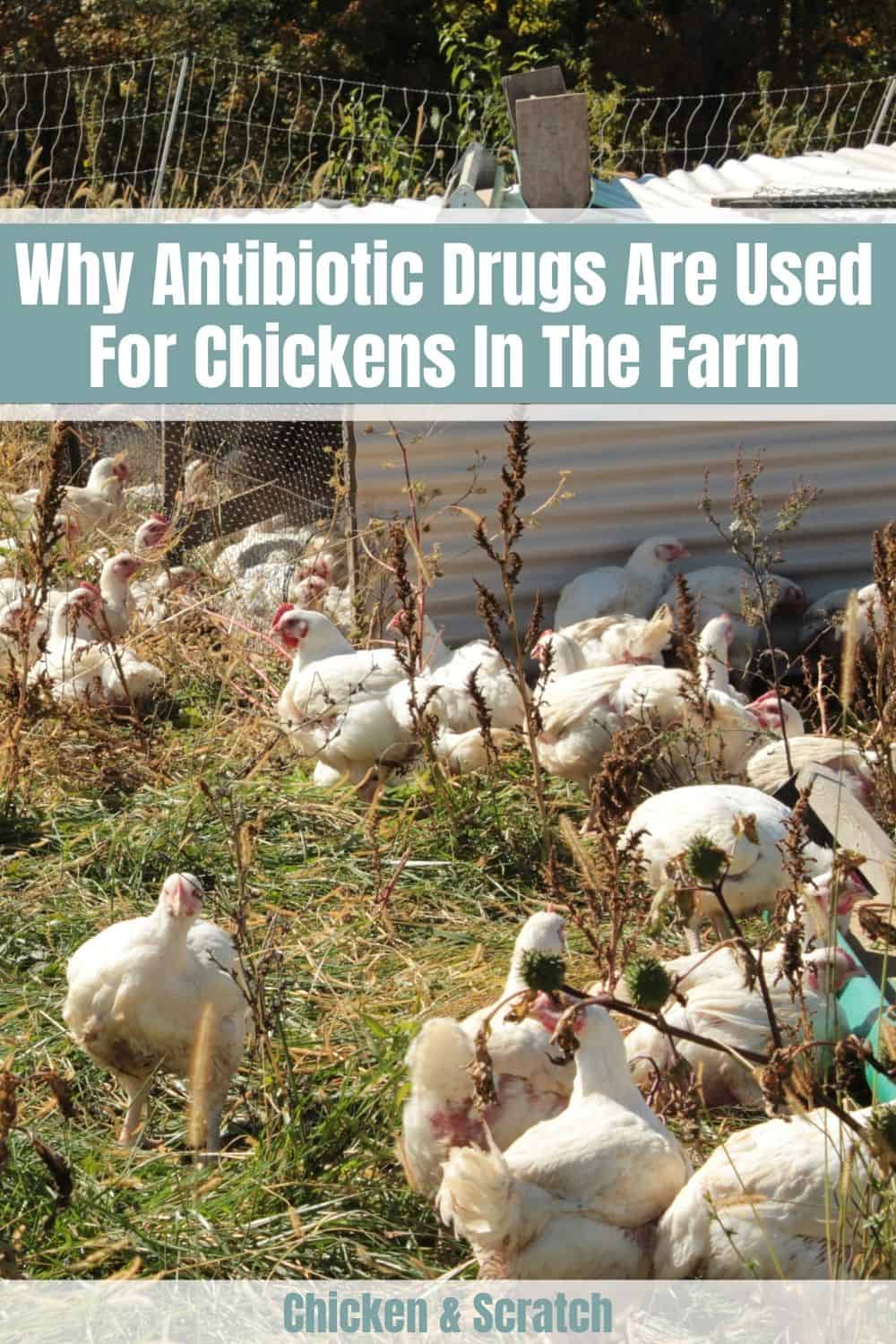

Joseph Hudson has been raising chickens for over 15 years. In 2018, he completed the Agriculture & Natural Resources program at Mt. San Antonio College. He currently raises over 1400 chickens on his 7.5-hectare farm. He keeps sharing his experience on raising healthy and happy chickens on Chicken Scratch The Foundry.







